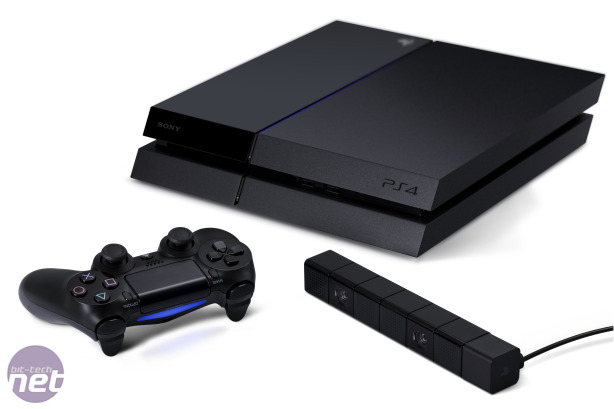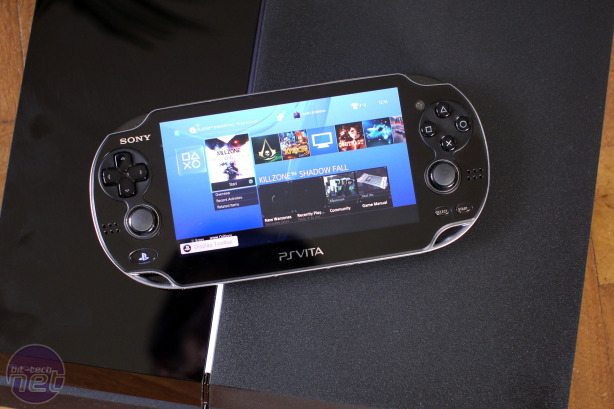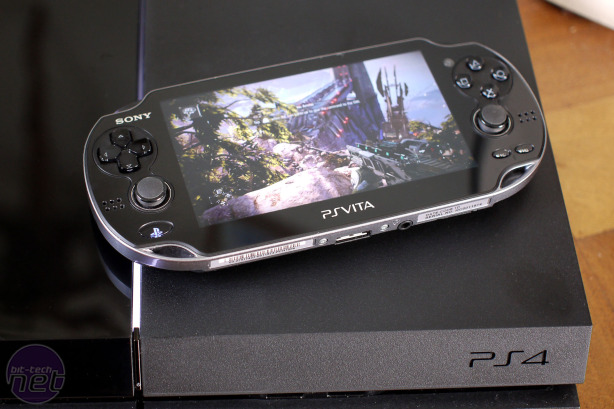
PlayStation 4 - PlayStation Camera
While Microsoft is bundling its Kinect Sensor with the Xbox One, Sony has made its new PlayStation 4 Camera an optional extra, costing around £45. It’s a small rectangular device which connects to the PS4 through the AUX USB port at the back, with the housing containing the dual 1280 x 800 resolution sensors able to twist from the bit containing the cable so that they can look up or down. Theoretically, the PlayStation Camera will work with or without the DualShock 4 or the old PlayStation Move controllers to give PS4 games the option of motion controls, but at the moment there’s just one, rather limited demo application – PlayRoom – pre-installed on the PS4. Once you’ve tossed a few tiny robots out into your living room or played a quick game of virtual air hockey you’ll frankly wonder why Sony bothered.In fact, the only good reason to have a PlayStation camera at the moment is that it enables facial recognition and voice controls. With the peripheral plugged in you can sign-in to your console and the PSN online service just by showing your face in the field of view, and launch apps and games by saying their name. Accuracy on both counts is good, but if you get a chance to try the voice-controlled UI of Xbox One, Sony’s efforts seem pretty meagre in comparison.
PlayStation 4 - Remote Play
In actual fact, the best accessory for PS4 isn’t an accessory at all, but Sony’s handheld console, PlayStation Vita. You can pair a Vita with the PS4 at any time from the settings menu on the PS4 and the PS4 Remote Play app on the handheld. The two communicate over a WiFi connection, and all it takes is typing an eight-digit code on the Vita’s touchscreen to register the handheld. Once that’s over with you can, in most PS4 games and apps, run the Remote Play app on your PS Vita, switch the TV off or to another channel, and carry on playing on the smaller screen.If you’re sitting in the same room as your console the two can communicate directly, and there’s barely any noticeable lag to spoil the action. Games look good on Vita’s little OLED screen, even if the tiny size and lower resolution make small text difficult to parse, and the dual-analogue sticks and PS4-like controls mean games are perfectly playable as well. With only two shoulder buttons some controls are mapped to the Vita’s rear touchpad and hitting them every time is tricky for a while, but with practice it’s perfectly doable.
Being able to carry on a game of Need for Speed: Rivals or Killzone: Shadow Fall when someone else in the household wants the TV is a real boon. Unfortunately, while Remote Play still works once you leave the same room, greater distances and intervening objects take their toll on the connection, and it’s not long before dropped frames and blocky artefacts spoil the ride. As tempting as it is to think of playing PS4 games in any room in the house, the reality isn’t so practical.

MSI MPG Velox 100R Chassis Review
October 14 2021 | 15:04












Want to comment? Please log in.